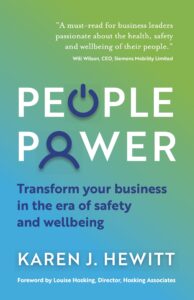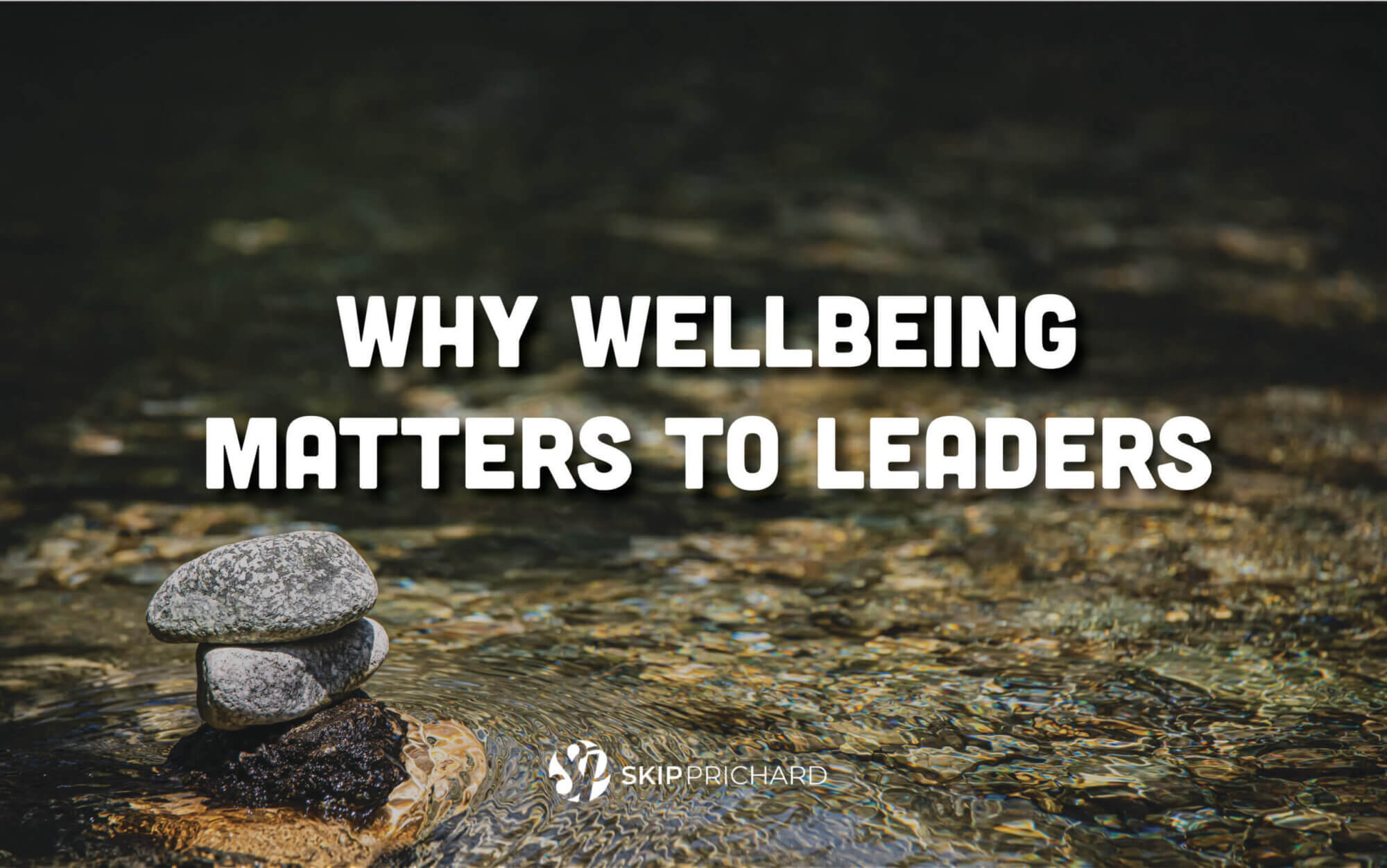Leadership Health
Imagine this scenario.
You are part of the senior management team of your organization, and it has just been acquired by another. Your company is based in the US, and the acquiring company is in Europe. You set to work on integrating the two companies, which involves constant rounds of meetings. It’s going really well, but there is an issue around time zones. Inevitably, a compromise has to be found, and you and your colleagues in the US are finding yourselves getting up earlier and earlier to rise to the challenge. It’s taking a toll on your health, and that of your colleagues, but if you make a thing of it, you could be accused of standing in the way of progress.
So what do you do?
Job stress costs US industry more than 300 billion dollars a year
What would a wellbeing leader do?
The reason I pose this scenario is because as leaders we are regularly faced with this kind of conflict – do we prioritize our wellbeing or our work?
And as you think about this, I bet I know what your answer is.
Nine times out of ten, we will prioritize the work, and particularly in a team environment where we don’t want to look weak or uncommitted.
But if you don’t prioritize your own wellbeing, it will inevitably take its toll.
According to the American Institute of Stress, job stress costs US industry more than 300 billion dollars a year as a result of accidents, absenteeism and more.
And that’s without considering the terrible human impact.
No one wants to be first on the dance floor
In your workplace, a focus on wellbeing will only happen if you all do it, but for everyone to do it, it requires someone to take a stand.
It is a bit like when you attend a wedding and no one wants to be first on the dance floor, but once one person decides to dance, the floor is packed within minutes.
We humans are funny – not many of us feel comfortable sticking our neck out for anything, but once one person does it, it gives others permission to do the same.
What would it take for you to be that one person when it comes to wellbeing?
Fit your own oxygen mask first
What would it take for you to, as the airline safety analogy aptly puts it, ‘fit your own oxygen mask first’?
In the context of a flying emergency, we can totally see the logic of tending to our own needs first so we can help others, but in the workplace, with the pressure of the work itself begging for your attention, it can be hard to feel convinced.
‘What difference will one late night or early morning make?’ we ask ourselves, until one late night or early morning becomes two, then twenty, then two hundred, as we battle with ever increasing demands.
What if I were to tell you that you attending to your own wellbeing, and choosing to fit your own oxygen mask first, is the best decision for everyone’s wellbeing?
When you make a stand, you send ripples far and wide
 When you make a stand for your own wellbeing and refuse to do work that impacts your physical or mental health, then you don’t just make this stand for yourself, but for everyone around you. This is because as a leader, when you make a stand for anything, you create a powerful role modeling effect that sends ripples far and wide.
When you make a stand for your own wellbeing and refuse to do work that impacts your physical or mental health, then you don’t just make this stand for yourself, but for everyone around you. This is because as a leader, when you make a stand for anything, you create a powerful role modeling effect that sends ripples far and wide.
Everyone around you secretly wants to prioritize their own wellbeing. They just need you to give them the permission. They need you to be first on the dance floor.
And there are ways you can accelerate the impact of this first stand for wellbeing, and make sure the impact sticks.
There are 3 ways to make worker wellbeing stick
First, ask your workforce to define wellbeing.
What does wellbeing mean to them?
What are the component parts?
Now you are clear on what you are taking a stand on in your organization. And your workforce already feels some ownership of it:
- Because your definition of wellbeing is their definition of wellbeing and
- They feel valued because you asked their opinion
Secondly, put in a long-term plan to achieve it, for everyone in your company, and with you as that all important role model.
Build the foundations for the plan, create a buzz around it, and then bake it into corporate culture.
How amazing would it be to know that while you are busy putting your own wellbeing first, other people are reaping the benefits?
And the benefits of employee wellbeing will be repaid many times back to the company – in trust, in engagement, and in performance.
Finally, remember that other leaders in your organization also create a powerful role modeling effect, as long as they put wellbeing first as well.
Why not make sure this happens by incorporating wellbeing leadership into your recruitment and appraisal processes?
With these simple actions, you will well and truly have turned up the heat on wellbeing, and already be basking in its afterglow!
For more information, see People Power: Transform your Business in the Era of Safety and Wellbeing.
Image Credit: Rick J. Brown

